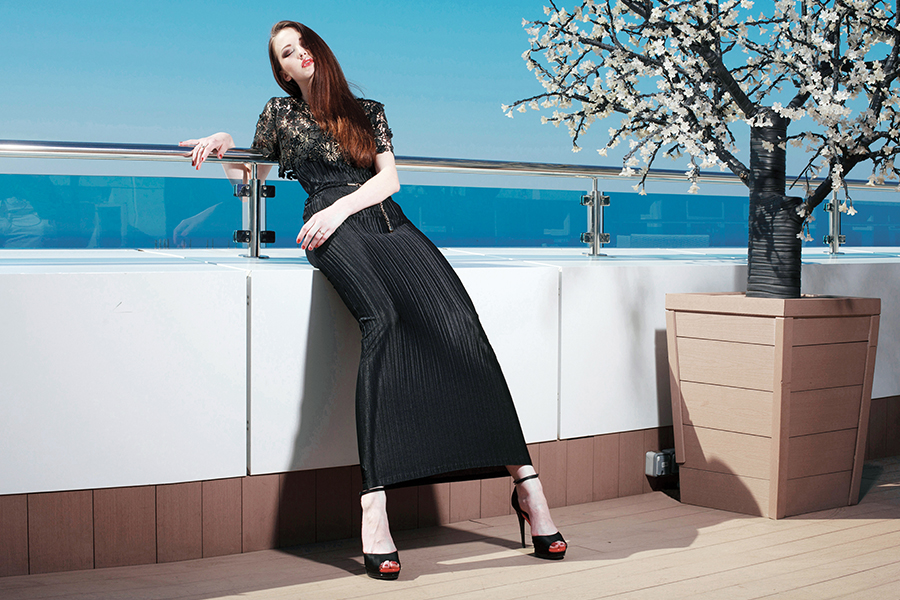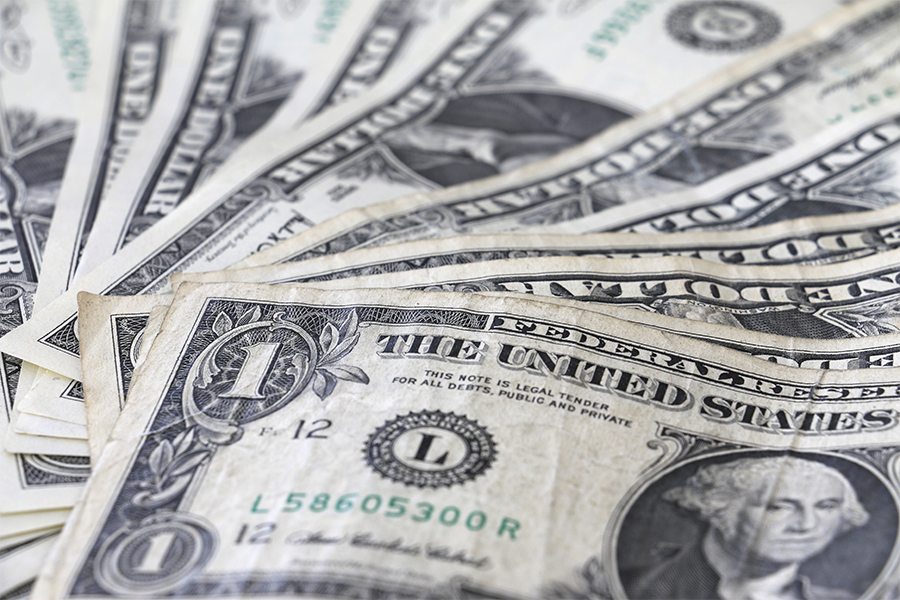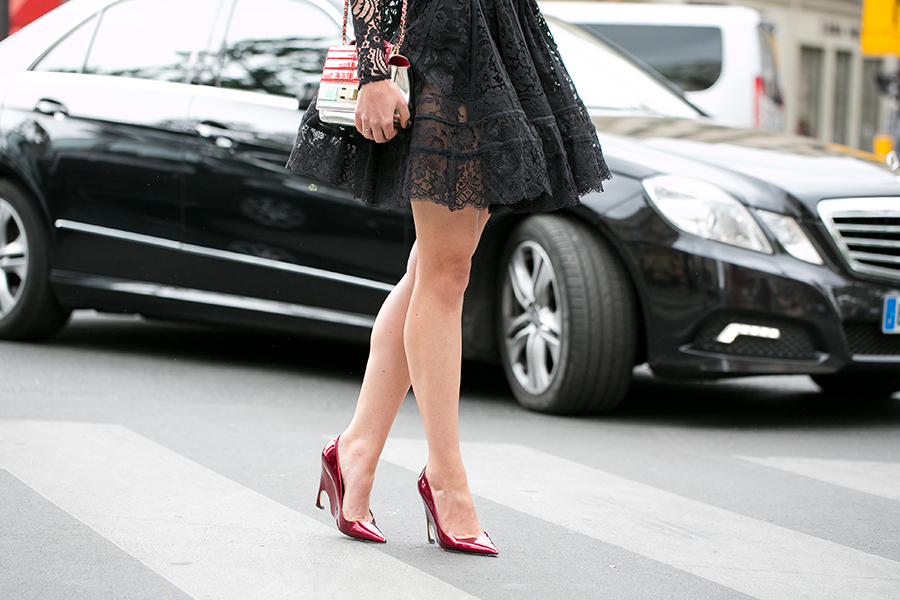Models have ridiculously restricted diets.

Most NYFW models walk nearly 10 runways a day, with castings and fittings in between. They’re usually running late for almost every event because their previous appearances always take longer than expected, so the only time they have to eat is when they’re in a cab on the way to their next show or while they’re getting their hair done. Most designers have catered food backstage, but there’s no guarantee that it’s going to be good or that there’s going to be any left by the time a model has a minute to grab something.
Some models say they don’t really watch what they eat during fashion week because they’re lucky if they have time to eat anything! Other models do have personal nutritionists who dictate what they can't eat so they don’t appear bloated on the runway. Either way, you don’t really get to eat what you want or as much as you want.
Models have to stand uncomfortably for hours.

In addition to participating in runway shows, many models also participate in fashion “presentations,” where they hold rigid poses for at least one hour at a time. They are dressed in the designer’s garments and examined by buyers, editors, and guests, before getting a momentary break and starting all over again in a new outfit.
Models are lucky if they get paid.

A model can't expect to get paid much during New York Fashion Week, especially if she's a rookie. Many models walk in big-name shows simply for the exposure and the chance to be included in a designer’s campaign.
Some lesser known designers will pay their models in clothes, but they’re not the ones right off the runway—they’re usually from a few seasons ago and may be damaged. Until you’re on Karlie Kloss’s or Gigi Hadid’s level, don’t expect to be making the big bucks. You might just end up with a tattered dress at the end of the day.
Models work outrageous hours.

Castings and fitting start around 7 a.m. and can go well into the night, depending on how long it takes the designer to find the right model for each outfit. In addition to all of the shows and events, NYFW models are obligated to attend after-parties and do interviews with the press, which sometimes don’t wrap up until 4 a.m. Yep, you did that math right: a 21-hour workday!
Models have to run all over NYC.

A lot of the more high-profile NYFW events take place at Lincoln Center, but there are events all over the city during New York Fashion Week. It’s not unusual for a model to have to scurry from SoHo to the Upper West Side and then almost immediately back down to East Village for shows, fittings, and castings. Many models take taxis all over the city, but some choose to walk on feet that are already sore from a long day of strutting in outrageous heels.
Models have no control over their lives.

A model relies on her agency to book events for her, a designer to determine her outfit, stylists to put her look together, and a nutritionist to help her stay energized throughout the day. The model doesn't have any say in any of this. If she doesn’t like the way her hair is styled because it’s pulling at her scalp and giving her a headache, she simply has to deal with it until the show is over.
Models are objectified "human clothes hangers."

Some designers, including the late Oscar De La Renta, make an effort to develop mutually beneficial relationships and even friendships with their models, but many others do not. This isn’t restricted to designers; some makeup artists and hairstylists simply view models as blank canvases to be worked on instead of human beings who do not appreciate their hair being yanked every which way.
Models' hair and skin take a serious beating.

Makeup artists and hairstylists are highly skilled at making model’s hair and skin look healthy and beautiful on the runway, but in reality, their bodies get very overworked throughout the course of a day. Eight different shows in one day means that a model has hair and makeup done eight different times, and between those shows, she usually has the task of removing all the stage makeup herself. If you've ever wondered why NYFW models don’t seem to wear much makeup when they’re off the runway, now you know!
Models are constantly on call.

It’s not uncommon for a model to leave a show and think she has a few minutes to grab a bite to eat, only to get a call from her agency and discover that she has to be across town in fifteen minutes for a fitting. In the world of fashion, anything is subject to change at any time, so models just have to learn to go with the flow and be flexible.
 Author
Sabrina Runge
Last Updated: February 09, 2016
Author
Sabrina Runge
Last Updated: February 09, 2016